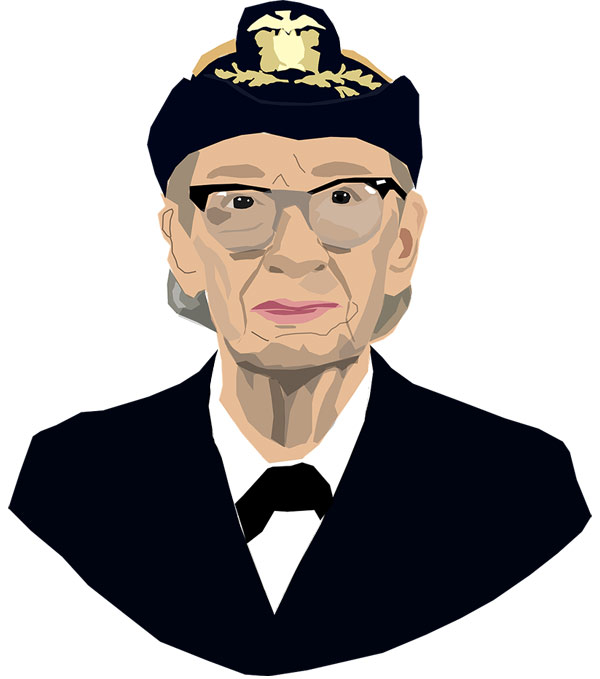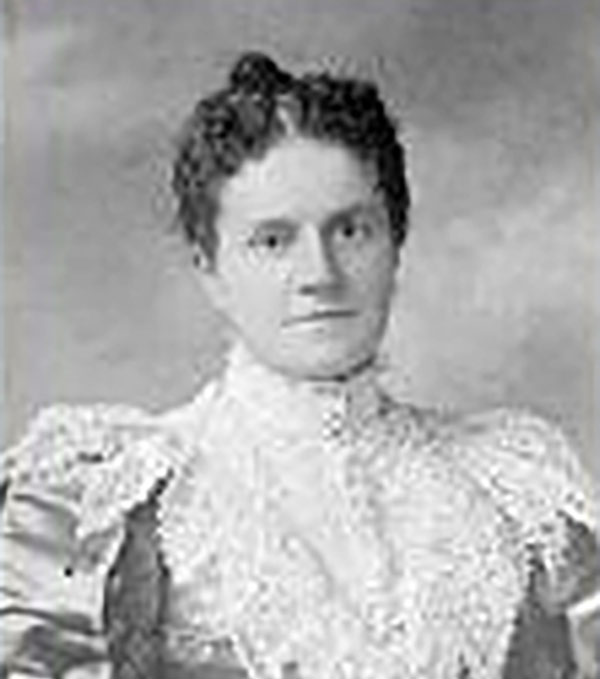When you think of the word “construction,” what comes to mind? For most, it’s men in hard hats, tool belts, and steel-toe work boots.
The false narrative that construction is “men’s work” has plagued the industry for far too long. Keep reading to learn why and how construction professions are better slated for women than most realize and what Talisen is doing to help break outdated molds.
Then & Now: Women in the AEC Industry
Women have played an integral and often under-recognized role in the AEC industry throughout history— paving the way for some of the most innovative solutions used in construction today. A few of the most influential women in the industry from days past include:
Heady Lamarr
The famous 1930s and ‘40s film star Heady Lamarr developed a radio guidance system based on principles that later evolved into the Bluetooth and Wi-Fi systems used today.


Grace Hopper
Grace Hopper was a US Navy admiral who pioneered a computer programming language that used English words rather than symbols and octal code. The language, COBOL, is a major programming language still used in data processing today.
Emily Roebling
Emily Warren Roebling was the wife of the Brooklyn Bridge’s Chief Engineer, Washington Roebling. When her husband became bedridden with decompression sickness, Emily became Chief Engineer for the Brooklyn Bridge in all but name— overseeing the project’s supervision and management on a day-to-day basis. Today, the Brooklyn Bridge bears a plaque honoring Emily and her husband for their work.

Source: ASCE
Increased Opportunity for Leadership Roles
Fast-forward to 2021. Women continue to play an integral role in the construction industry despite a general lack of recognition. However, with Millennials and Gen Z dominating workplace demographics, more progressive ideologies in terms of workplace equity are expected to attract more female workers to the industry. As such, women will see significantly more opportunities to increase their presence in construction— especially when it comes to leadership roles.
In addition to the above, an increasingly digitized industry presents more opportunities for positions devoid of gender barriers—making female workers with safety, engineering, and technical tool skills just as desirable as male employees.
More Equitable Pay
When it comes to pay, construction labor and trade workers boast a more equitable pay rate than any other major occupation. In fact, women working in construction earn 97% of men’s earnings on average. Though undoubtedly true that more must be done to close the wage gap entirely, the more equitable pay rate is a positive indicator that this may be achieved sooner rather than later.
Greater Job Security & Work-Life Balance
As many of us know from the COVID-19 pandemic, construction is among the list of essential industries. Women in construction saw greater job security during a time of economic downturn that left many without jobs. It’s also worthy to note that many tradeswomen enjoy the bonus of a work schedule that aligns more closely with that of the educational system, allowing female workers with children the bonus of spending more time with their families after work.
Increasing Construction’s Visibility as a Viable Career Option for Women
“Many women don’t even think about going into construction because it wasn’t always portrayed as a career option for us. Like me, a lot of people in the industry today have a dad who worked in the business, but we didn’t have many female mentors to look up to. This lack of visibility can make it hard for women to break into the business, or even consider it.”
– Laura Beebe(Source: https://rew-online.com/challenging-the-status-quo-of-women-in-construction/)
As we work to break the barriers created by the more traditionally-minded, industry trailblazers like Talisen must highlight the opportunities our workforce has to offer for women everywhere— especially those in younger generations who are just getting ready to start their future career. That’s why we’ve partnered up with Non-Traditional Employment for Women (NEW)—an organization dedicated to preparing, placing, and training women in careers related to the construction, utility, and maintenance trades. Not only does NEW offer a groundbreaking model that increases women’s presence in the workforce, but it also focuses on bringing career opportunities to women in underserved communities or with underrepresented backgrounds.
By teaming up with NEW, Talisen aims to support more gender equity within the construction industry and shift society’s outdated outlook on women in the workforce. To learn more about NEW and the outstanding strides this organization is making, click here.
